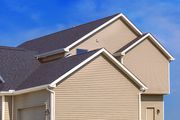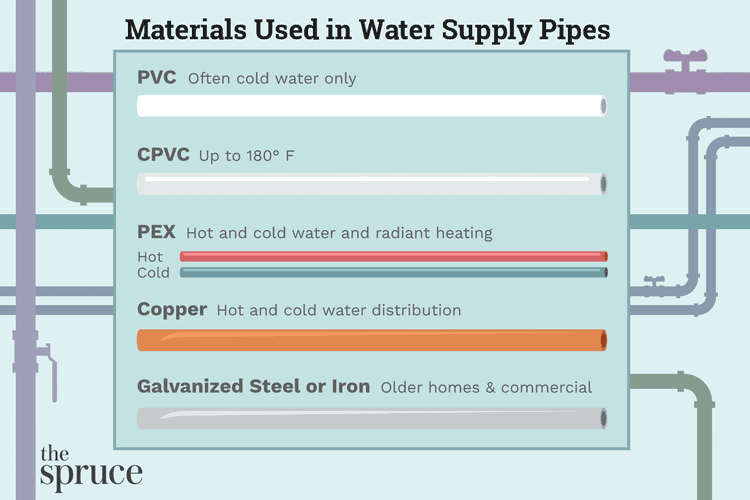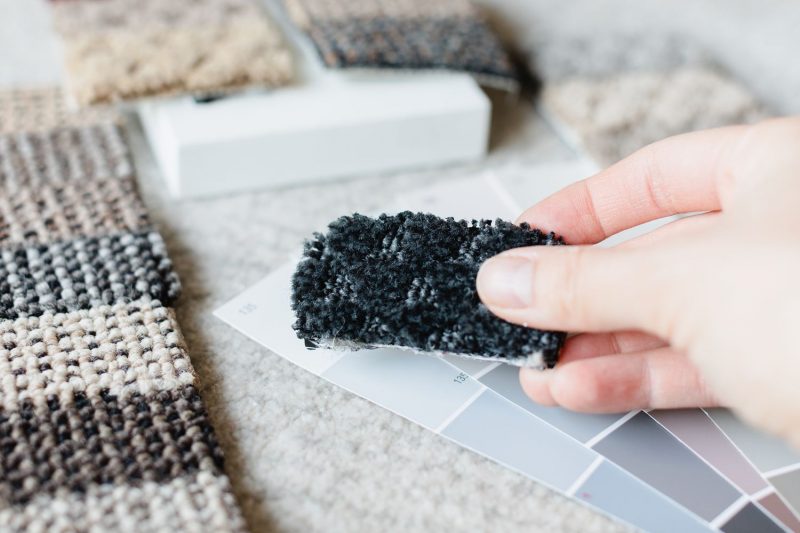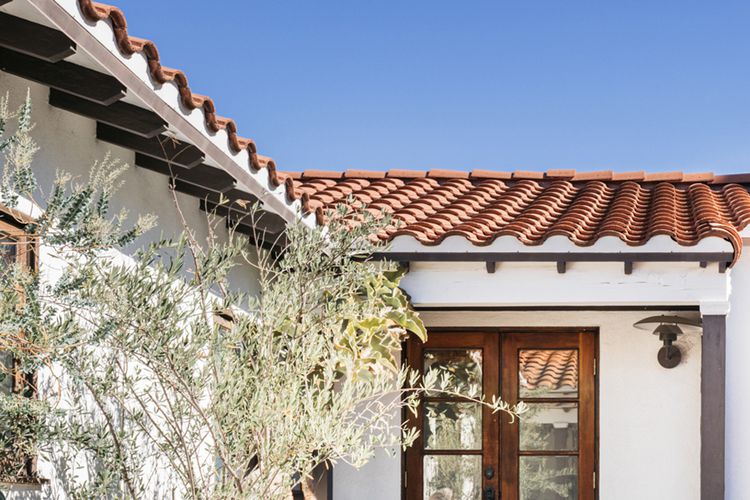
Tiled roofs offer both aesthetic appeal and long-lasting performance. Historically, roofing tiles were primarily crafted from slate or baked clay and terracotta. In contemporary construction, roofing tiles are available in materials such as concrete, clay, slate, metal, or composite, and are offered in various colors, including red, brown, and gray.
Tile roofing is an excellent option for structures located in hot climates or near saltwater. While it tends to be costly and quite heavy, these characteristics are typical for a roofing material that can endure for as long as a century.
Discover the advantages and disadvantages of various types of tile roofing, such as clay, concrete, and slate tiles.
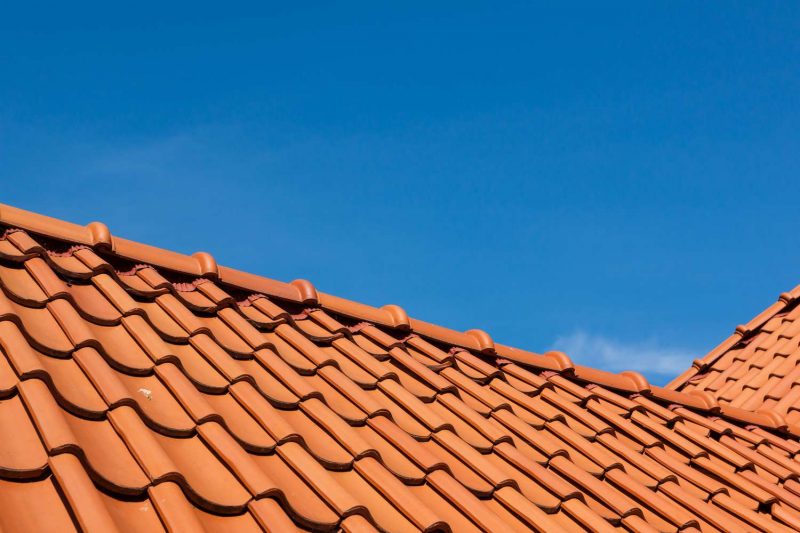
Contents
Varieties of Tile Roofing
- Clay tiles, while pricier than asphalt roofing, have a significantly longer lifespan, which helps to balance out the initial installation expenses.
- Concrete tiles generally have a shorter lifespan compared to clay tiles, but they are more affordable and lighter in weight.
- Slate tiles, although expensive, are available in a wide range of colors and designs, making them suitable for any architectural style, from medieval to modern European.
- Metal roofs are available in various materials, including copper, aluminum, zinc, and steel.
- Composite tiles, crafted from polyethylene, resemble classic clay or concrete tiles while being more resistant to damage.
- Solar: Photovoltaic tiles are small solar panels designed to look like traditional roofing tiles, capable of generating electricity for residential use.
Tip
Tile roofing systems are quite weighty and exert pressure on rafters and roofing frameworks. Therefore, the roof’s structure must be exceptionally robust to bear the load.
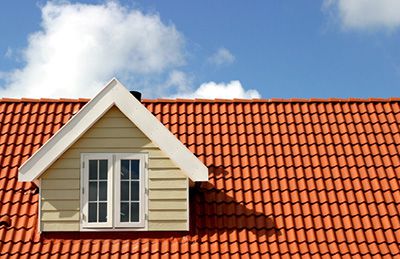
Advantages and Disadvantages
- Long-lasting
- Resistant to decay
- Eco-friendly material
- Energy-saving
- Minimal upkeep required.
- Expensive price
- Challenging setup process
- Heavyweight
- Tiles tend to be fragile.
- Not suitable for every roof pitch.
Pros
A tiled roof can endure for more than a century, particularly when placed in a suitable climate. Roofs made of clay and concrete are recognized for their ability to resist hail, strong winds, and even flames. Many manufacturers provide warranties, with some extending to 50 years or longer.
Contemporary tile roofs are designed in tile sheets, facilitating a more straightforward installation process.
Tiles are regarded as an eco-friendly roofing option. Composed of natural earth minerals rather than artificial substances, they can be crushed and repurposed once they are taken down. Additionally, the substantial thermal mass of tiles aids in maintaining stable indoor temperatures.
Looking for additional assistance? Consult with a tile roofing specialist.
Our associates can assist you in evaluating estimates from highly-rated experts in your vicinity.
Cons
The installation of tile roofing necessitates skilled roofing professionals who possess significant expertise, which contributes to the overall expense. It is essential to accurately measure the tiles, arrange them in a designated pattern, and ensure that they are properly sealed to prevent any moisture infiltration.
The framework of the roof needs to support the substantial weight of a tile roof, which can reach up to 2,000 pounds for every 100 square feet for clay tiles, and 700 pounds for concrete tiles. In contrast, an asphalt roof weighs significantly less, typically ranging from 275 to 425 pounds for the same area.
Although clay, slate, and concrete tiles are highly resilient, they can still crack or break if subjected to significant force, like that from falling branches or even from foot traffic.
Repairing tile roofs can be costly. These roofs are best suited for structures with steeper slopes and are not recommended for pitches lower than 4:12.
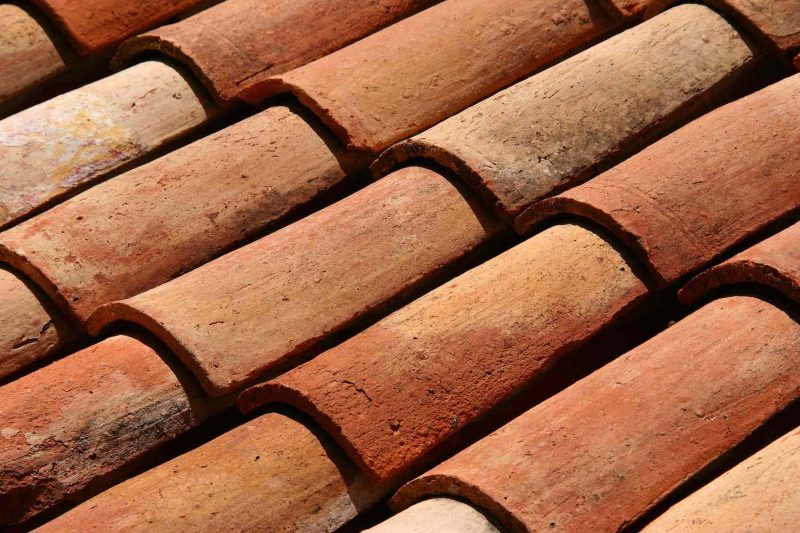
Cost
The expense for installing a tile roof ranges between $7 and $25 for each square foot. The average cost of materials is approximately $6 per square foot, while labor typically averages around $10 per square foot.
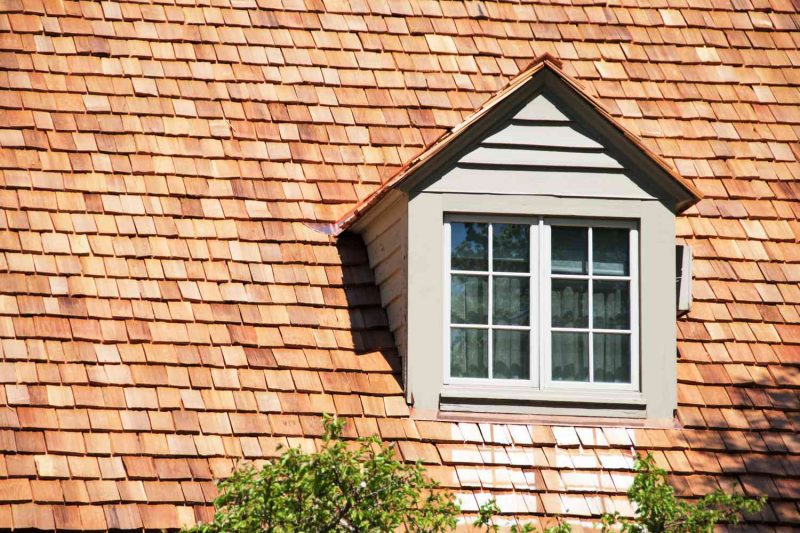
Is a tile roof superior to a shingle roof?
Both tile roofs and shingle roofs offer distinct benefits. However, one key difference to note is their weight. Tile roofs are significantly heavier than shingle roofs. If you’re considering swapping out shingle roofing for tile, it’s advisable to consult with an engineer or contractor to assess whether structural reinforcement is needed.
Does having a tile roof enhance the value of a home?
A tile roof can enhance the value of a home, particularly when it is well-maintained and the prospective buyer is looking for a durable roofing option. However, a tile roof does not inherently provide a greater increase in home value compared to other roofing materials.
Do tile roofs require a lot of upkeep?
Tile roofs are relatively low-maintenance, yet they still need some care. While they are sturdy, they can sustain damage from significant impacts, necessitating occasional repairs. Once you choose tile roofing, you can expect it to last, eliminating the need to consider other roofing materials in the future.
What is the price of replacing a roof?
